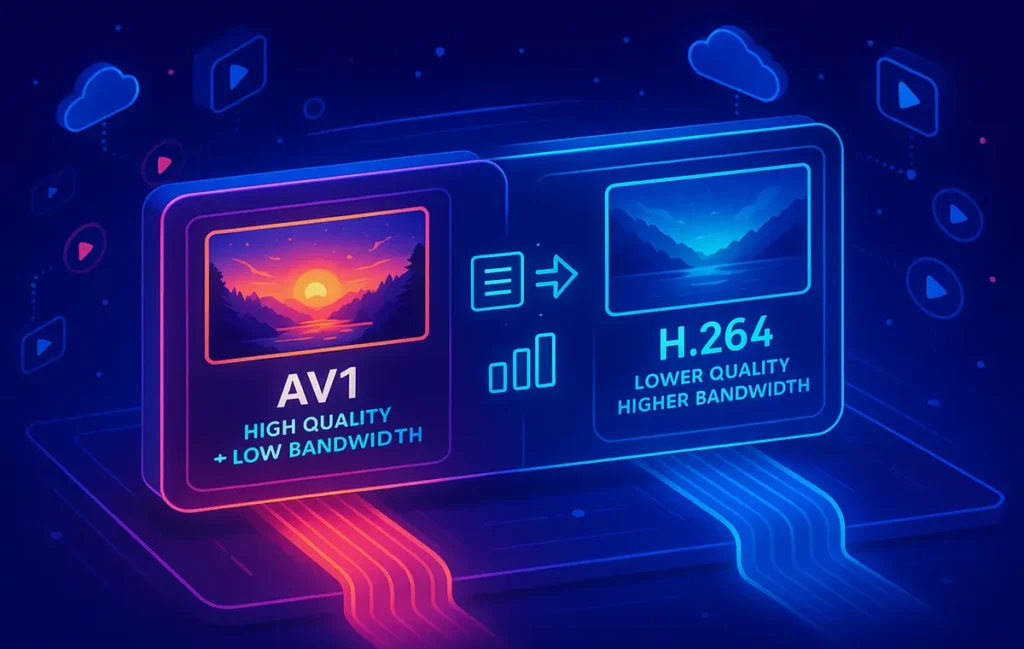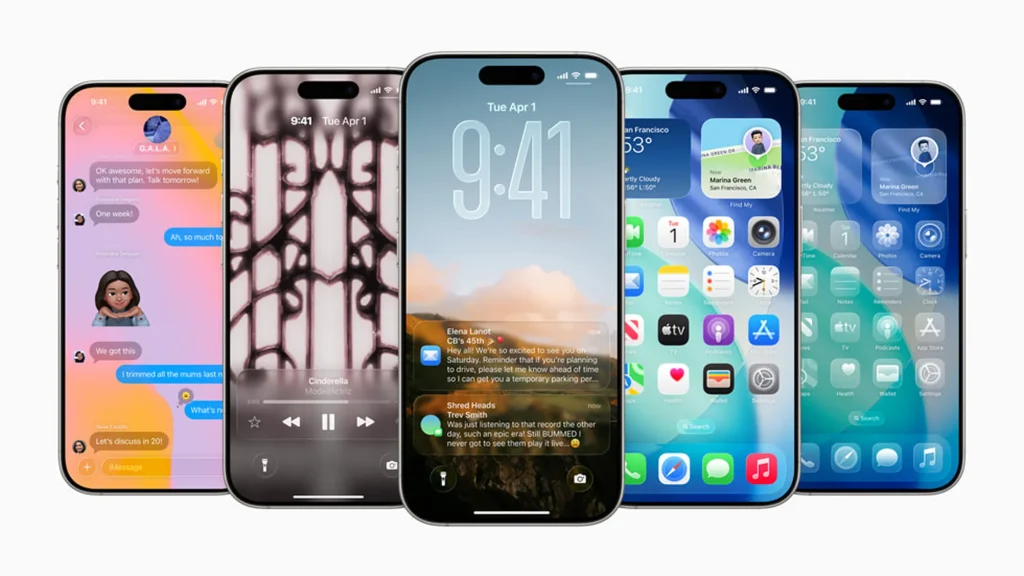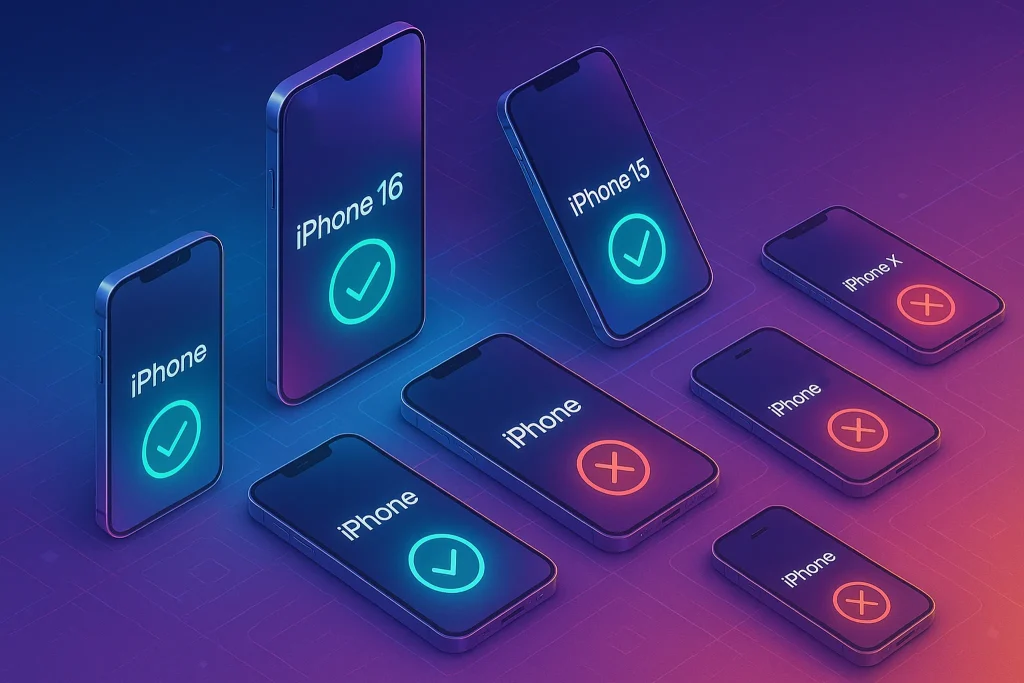🎯 Intro
Imagine streaming 4K video with half the bandwidth you use today. For years, this was a dream—streaming companies had to strike a balance between quality and cost, often sacrificing one for the other. In 2025, the AV1 codec is rewriting that equation.
Developed by the Alliance for Open Media, AV1 is an open-source, royalty-free video codec designed to replace older standards like H.264, HEVC, and VP9. It promises to deliver higher quality video at significantly lower bitrates, helping platforms like Netflix, YouTube, and Meta serve billions of streams more efficiently.
But adoption isn’t automatic. While companies are eager to cut costs and deliver better quality, the transition comes with hurdles—more complex encoding, hardware limitations, and compatibility challenges. At NerdChips, we’ll break down what AV1 means in 2025, how it’s performing in the real world, and why the streaming future depends on it.
🔍 What is AV1 and Why Does It Matter?
AV1 is a next-generation video codec developed by the Alliance for Open Media (AOMedia), a consortium including Google, Amazon, Microsoft, Meta, Netflix, and Nvidia. The goal was simple but ambitious: deliver a codec that outperforms HEVC (H.265) in compression efficiency, is free of licensing fees, and can scale across devices.
The contrast with older codecs is striking. H.264, still widely used, is reliable but inefficient, requiring high bitrates for acceptable quality. HEVC improved compression but has been plagued by royalty disputes and slower adoption. VP9, Google’s alternative, gained traction on YouTube but never achieved universal dominance.
AV1 combines the strengths of its predecessors while solving the licensing problem. In practice, that means streaming services can cut bandwidth costs, deliver higher-resolution video without buffering, and future-proof for emerging formats like 8K, HDR, and VR.
By 2025, most flagship devices—smartphones, smart TVs, and GPUs—support AV1 decoding in hardware. Platforms like Netflix already serve billions of hours in AV1, while YouTube has rolled it out broadly on mobile. But the path to universal adoption still faces friction, particularly on the encoding side.
📊 Quality vs Bandwidth: Real-World Data
Netflix’s internal benchmarks found that AV1 can achieve the same visual quality as H.264 at up to 48% lower bitrate. This means a 4K stream that once required 16 Mbps might now play smoothly at under 9 Mbps. The impact is massive—less buffering, faster start times, and reduced data costs for users and providers alike.
The advantage of AV1 is most pronounced in high-motion and high-complexity content. Action movies, sports, or fast-paced gaming streams traditionally strain codecs, leading to artifacts or blocky visuals. AV1’s more advanced prediction and entropy coding models handle these scenarios with smoother results.
On mobile, Meta’s engineering team reported that AV1 allows mid-range devices to stream near-premium quality while consuming significantly less network data. In regions with limited bandwidth, this translates into accessibility: more users can enjoy HD or 4K without exhausting data plans.
In HDR and high frame rate formats (like 60fps or even 120fps), AV1 shines further. The codec’s efficiency scales as resolution and motion complexity increase, making it ideal for next-gen experiences.
⚖️ Limitations and Technical Barriers
Despite its promise, AV1 is not without challenges. The first is encoding complexity. Compared to H.264, AV1 encoding can be 10x more computationally demanding. Even with modern GPUs, the processing load is heavy, making real-time encoding (such as for live streaming) especially difficult.
The second barrier is device compatibility. While high-end smartphones, PCs, and smart TVs now include AV1 hardware decoding, many older or budget devices do not. In those cases, decoding must fall back to software, which is far less efficient and drains battery life.
Streaming providers also need fallback strategies. A multi-codec ladder (H.264 + VP9 + AV1) ensures compatibility, but increases storage and operational complexity. For platforms delivering billions of minutes daily, this is a logistical and financial challenge.
Finally, live streaming remains tricky. The latency introduced by AV1’s heavier compression steps can make it impractical for real-time scenarios like esports, gaming, or Zoom-style communication, where seconds of delay break the experience.
💡 Nerd Tip: For global distribution, always maintain a fallback to H.264 or VP9. While AV1 adoption is rising, legacy devices still represent a significant share of the audience.
🚀 Adoption Path: Where AV1 Is Taking Over
By 2025, AV1 has gained widespread momentum, though full dominance is not yet achieved.
-
Netflix streams a majority of its catalog in AV1, particularly on connected TVs and mobile devices with hardware support. The savings in bandwidth costs are significant at global scale.
-
YouTube has rolled out AV1 for mobile and desktop browsers, ensuring billions of daily plays benefit from efficiency.
-
Meta has embraced AV1 for both Facebook and Instagram videos, with engineers highlighting improved quality for mid-tier smartphones, a key audience in emerging markets.
-
Nvidia and AMD GPUs, as well as Intel’s Arc lineup, now ship with AV1 hardware decoding and even AV1 encoding support. This means creators editing videos with tools like Adobe Premiere or DaVinci Resolve can export in AV1 without melting their CPUs.
In mobile-first regions like India, AV1 adoption is especially impactful. Cheaper bandwidth plus better quality means platforms can expand audiences. Adaptive streaming technologies now include multi-codec ladders that dynamically serve AV1 where possible and fall back when not.
This “hybrid era” is likely to continue until AV1 is truly universal.
🛠 Practical Guidance for Creators and Providers
If you’re a content creator or streaming provider, adopting AV1 requires strategy. Encoding costs can be mitigated by choosing the right presets and using GPU-accelerated encoders rather than CPU-only workflows.
For live streaming, hybrid solutions exist: stream in H.264 for real-time but record and archive in AV1 for playback efficiency. This ensures both low latency and long-term savings.
Fallback is non-negotiable. Always serve AV1 alongside H.264 or HEVC, ensuring older devices can still access your content. Adaptive streaming platforms like DASH and HLS already make this possible.
For mobile delivery, test power consumption. Some mid-range devices may still rely on software decoding, which can increase battery drain. Optimize your ladder so those users receive an efficient codec mix.
Creators experimenting with YouTube workflows, from automating video editing to using AI assistants for scriptwriting, should know that exporting in AV1 is now increasingly supported in editing suites. This makes it easier to future-proof your content for platforms already prioritizing the codec.
⚡ Ready for the Next Era of Streaming?
AV1 delivers better quality at lower bandwidth—but only if you prepare your workflow. Adopt multi-codec ladders, GPU encoding, and fallback strategies to future-proof your streams.
🔎 Historical Context of Codecs
For two decades, H.264 was the undisputed king of video codecs. It powered everything from Blu-ray discs to YouTube. The reason was simple: it offered decent compression with wide hardware support. But by 2015, as 4K adoption grew, H.264’s inefficiency started to show.
HEVC (H.265) was supposed to be the natural successor, offering about 50% better compression. However, HEVC became mired in patent disputes and licensing costs. Companies had to pay royalties for every device or stream, which slowed adoption dramatically. Meanwhile, VP9 from Google emerged as a free alternative, but it never reached universal penetration outside YouTube.
This stalemate created the opening for AV1. Backed by the Alliance for Open Media (Google, Amazon, Microsoft, Netflix, Meta, Nvidia, and others), AV1 was designed as royalty-free, open-source, and high-performance. Its rise is not just a technical story but also an economic shift—removing licensing bottlenecks that throttled HEVC.
This wider historical lens shows why AV1’s moment in 2025 is both inevitable and necessary. It’s not just about pixels. It’s about the economics of streaming at scale, where billions of minutes are served every day. And it’s a core part of the Top 10 Futuristic Tech Trends to Watch.
📊 Benchmarks & Side-by-Side Comparisons
Benchmarks have consistently confirmed AV1’s efficiency. Netflix reports a ~48% lower bitrate than H.264 at the same perceptual quality. Meta engineers published that mid-range mobile devices now stream AV1 video with near-premium quality while consuming much less network data.
In practice, a 1080p movie that needed 4 Mbps on H.264 can play at around 2 Mbps in AV1 with no quality loss. For 4K HDR content, savings are even more critical—bandwidth drops by several gigabytes per film.
The following comparison illustrates codec differences:
| Codec | Efficiency vs H.264 | Licensing | Hardware Support 2025 | Typical Use Case |
|---|---|---|---|---|
| H.264 | Baseline | Licensed | Universal | Legacy fallback |
| HEVC | ~40% better | Licensed, fragmented | High-end TVs & Apple ecosystem | Premium video |
| VP9 | ~30% better | Free | Widespread browsers | YouTube & web |
| AV1 | ~50% better | Free | Supported by most new GPUs, TVs, mobiles | Streaming future |
The role of GPUs is crucial here. New generations like the Nvidia GeForce RTX 5090 are designed with AV1 hardware encoding and decoding, making AV1 accessible to creators without melting CPUs. Hardware acceleration is the tipping point for adoption.
🧩 AV1 and the Creator Economy
For content creators, AV1 is more than a back-end story—it’s a frontline opportunity. YouTubers and streamers can now export in AV1, ensuring higher visual fidelity with smaller upload sizes. For creators with bandwidth caps, this is transformative.
Video editing suites are gradually rolling out AV1 export options, with GPU acceleration making it practical for creators who once had to wait hours for HEVC encodes. For those experimenting with automation, combining AV1 with How to Automate YouTube Video Editing unlocks even faster workflows. And when paired with Best AI Writing Assistants for YouTube Scripts, creators can streamline both production and delivery.
Streaming platforms also prioritize AV1 uploads, sometimes giving AV1 videos faster processing or better default quality settings. For creators chasing visibility, adopting AV1 may subtly tilt algorithms in their favor.
🏭 Industry Adoption Roadmap
Different sectors are embracing AV1 at different speeds.
-
Mainstream streaming services (Netflix, YouTube): Already using AV1 heavily, particularly for 4K and mobile.
-
Social video (Instagram, TikTok, Facebook): Accelerating adoption to reduce bandwidth costs, especially in data-sensitive regions.
-
Cloud gaming (Nvidia GeForce Now, Xbox Cloud): Testing AV1 for lower latency at 1080p and 1440p, though encoding complexity still creates challenges for true real-time 4K.
-
Enterprise video (Zoom, Teams, Webex): More cautious, since live video depends on low latency. Many continue to rely on H.264, though AV1 pilots are underway.
Editing and distribution tools also play a role. Many of the Best AI Video Editing Tools Reviewed now include AV1 export pipelines, helping creators future-proof content across platforms.
🔮 Future Predictions: Beyond AV1
While AV1 is the star of 2025, the codec evolution doesn’t stop here. Researchers are already prototyping AV2, aiming for another leap in efficiency. Early estimates suggest an additional 30% compression beyond AV1.
AI will also transform encoding. Instead of static compression algorithms, machine learning models will adapt encoding dynamically, preserving detail where it matters most (faces, motion) and compressing less relevant areas aggressively.
Immersive media—AR, VR, metaverse experiences—will depend on codecs like AV1 to deliver ultra-high resolution, low-latency visuals. Without efficient compression, the dream of widespread 8K VR streaming would remain impractical. AV1 is laying the foundation for that future.
This mirrors the way disruptive trends ripple through the industry. Just as we analyzed in Top 10 Futuristic Tech Trends to Watch, AV1 is both a current reality and a bridge to the next decade.
📈 Energy & Sustainability Angle
Streaming isn’t just about convenience—it’s about energy. Every megabyte transmitted burns electricity in data centers, routers, and mobile devices. By halving the bandwidth needs of streams, AV1 indirectly cuts energy use across the ecosystem.
At global scale, these savings are staggering. If every major platform adopted AV1 universally, global internet traffic for video could drop by 20–30%. That translates into billions of dollars in energy savings and a measurable reduction in carbon emissions.
For platforms under pressure to prove sustainability, AV1 adoption isn’t just a technical upgrade—it’s part of a corporate ESG (environmental, social, and governance) strategy.
🛡 Strategic Recommendations
So how should stakeholders act in 2025?
-
For platforms: Maintain a multi-codec ladder. AV1 for capable devices, fallback to H.264 or HEVC for legacy hardware. Adaptive streaming makes this seamless.
-
For creators: Test AV1 export in editing suites. Compare quality and render times before making it your default. With GPUs like the RTX 5090, AV1 encoding is now practical.
-
For users: Check your device’s specifications. Most smartphones and TVs launched after 2023 include AV1 decoding, but older hardware may still rely on H.264.
For anyone working at the intersection of content and tech, AV1 is now a strategic necessity. Pairing it with modern workflows—automation, AI editing, optimized scripts—creates a full-stack advantage.
Want More Smart AI Tips Like This?
Join our free newsletter and get weekly insights on AI tools, future codecs, and next-gen streaming tech—delivered straight to your inbox. No fluff. Just sharp content from NerdChips.
100% privacy. No noise. Just future-focused insights from NerdChips.
🧠 Nerd Verdict
AV1 in 2025 is on the edge of ubiquity. The codec has proven its efficiency in saving bandwidth and improving visual quality, making it essential for a streaming ecosystem that serves billions daily.
Yet the transition isn’t fully complete. Encoding costs, live streaming latency, and device compatibility are real barriers. But the trajectory is clear: AV1 will be the dominant codec of the streaming decade. For creators, providers, and platforms, planning for AV1 adoption isn’t optional—it’s survival in a bandwidth-constrained world.
❓ FAQ: Nerds Ask, We Answer
💬 Would You Bite?
Would you sacrifice compatibility for cutting-edge efficiency, or play it safe with older codecs?
In 2025, is your content ready to embrace AV1 everywhere? 👇
Crafted by NerdChips for creators and teams shaping the future of streaming.



